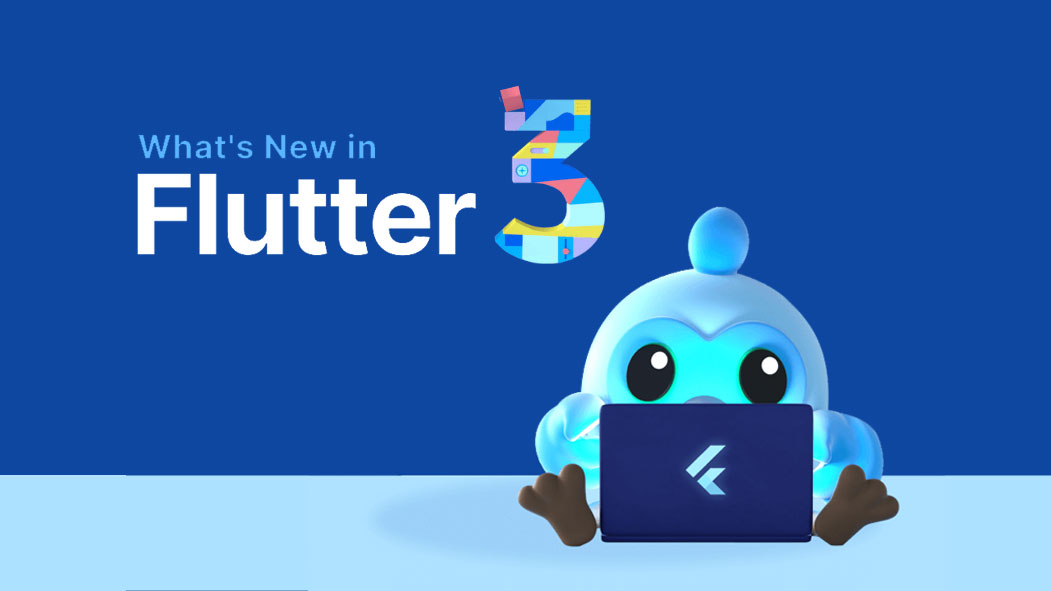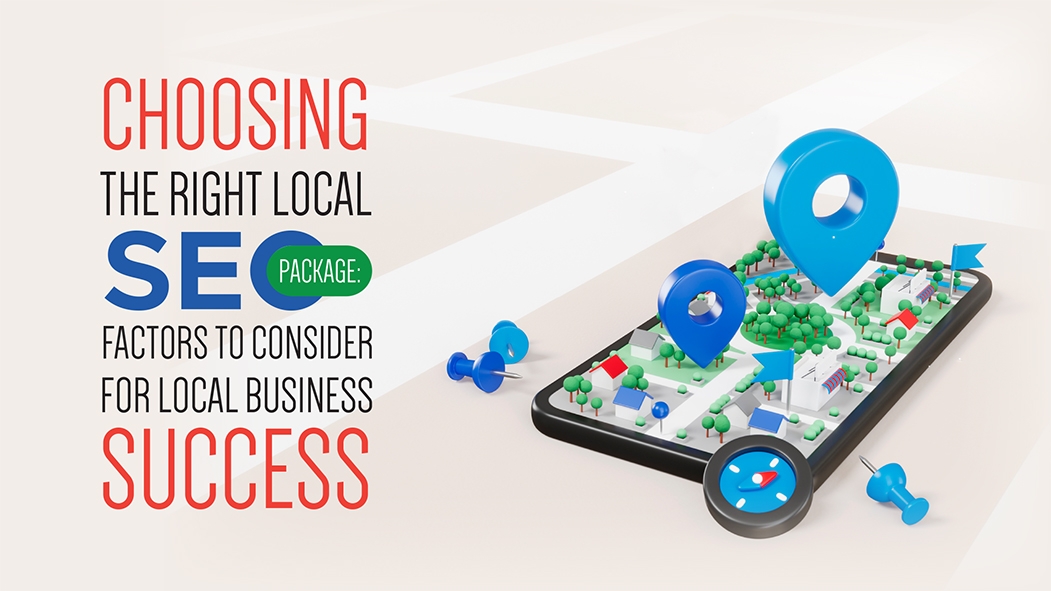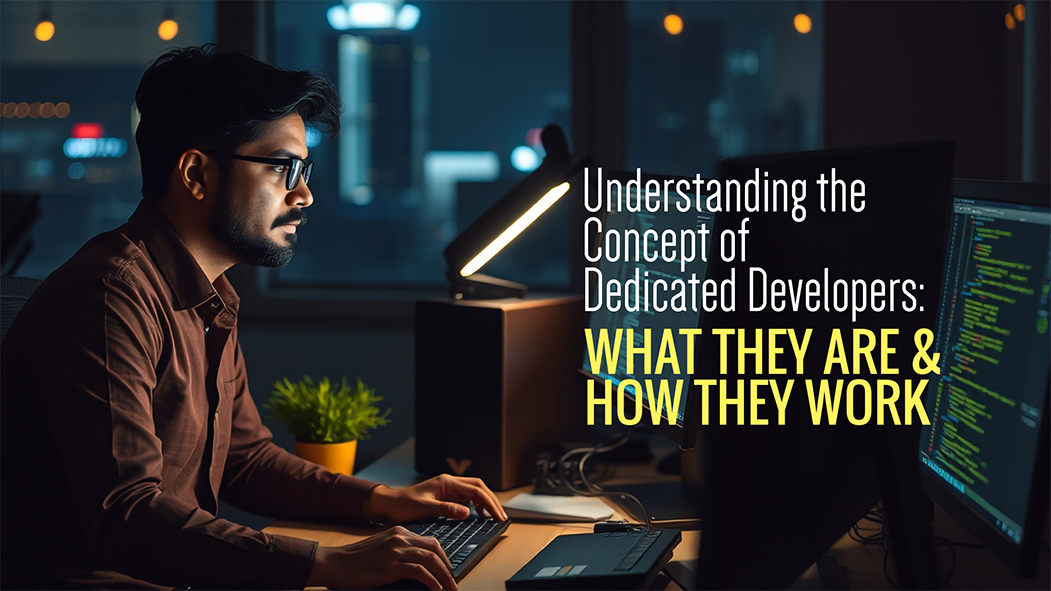July 15, 2022

What Is A Flutter Application?
Flutter is a cross-platform mobile application development toolkit from Google. It uses virtual and augmented reality to create high-quality, version of your app. With the use of Flutter, it's easy to implement rich animations on user interface.
Flutter can be used in the development of Android apps, iOS apps, and even apps for Windows. With its component-based architecture, Flutter is dynamic and flexible. It supports hot reloading which enables you to test your app easily whenever a change is made.
Flutter is an open source app SDK for high quality cross-platform mobile application development . It is available on iOS and Android, with many more platforms planned for future releases. Flutter has been built from the ground up to help developers build modern mobile apps in a fraction of the time compared to competing tools like Xamarin, React Native and Ionic/Mono.
Flutter implements Google's Material Design guidelines and keeps a separation between the frontend (Flutter) and backend (Dart). It enables fast app development by using a reactive pipelines. Because it is built on top of a modern web platform like Dart, it is cross-platform, supporting iOS and Android. You can use the same code base to build both desktop and mobile apps. This avoids rewriting applications for each platform. You can integrate Flutter with various frameworks and libraries, including Google Cloud Platform.
Introduction To Flutter 3!
The most recent update, Flutter 3, brings improved support for macOS and Linux, notable speed enhancements, mobile and web changes, and much more! With Flutter 3, it’s easy to improve your code with transition animations and build fluid user interfaces that work across devices. It is easy to build beautiful apps for Android and iOS. You can create tileable, interactive UIs that look stunning across all devices. It's simple to write reliable native code, and you can quickly add support for different layouts on different platforms. With our cross platform application development services, you will also be able to enjoy flutter application development.
Latest Features In Flutter 3
Latest Features In Flutter 3
1. Support for the MacOS System Menu Bar and Menu Cascading
The updated Flutter 3 features include brand-new contributions for platform-specific interactive, dynamic models for support-building compilation, accessibility, and globalization. The PlatformMenuBar widget, which permits the insertion of platform-only menus and gives you flexibility over what appears in the macOS application menus, can be used to construct platform-rendered menu bars on macOS.
2. Material You Support
Well, one of the major highlights of the Flutter 3, the latest update, is the switch to Material Design 3, a design language created exclusively by Google. To turn your Flutter app into a gorgeous interactive product, the Flutter team has provided a flexible cross-platform design solution. Opt-in support for Material 3 is offered by Flutter 3. This includes Material You features like dynamic color, an updated color scheme and typography, improvements to numerous components, and new visual effects like a new touch ripple design and a stretch overscroll effect that were introduced in Android 12.
3. Game Toolkit in Flutter 3.0
This time, the Flutter team has concentrated on releasing an accessible toolkit, with a focus on casual gamers. A Casual Games Toolkit that includes a beginning kit of templates and best practices as well as credits for adverts and cloud services is included with Flutter 3. Even while Flutter isn't intended for intense 3D action games, several of these games, including the immensely successful PUBG Mobile, which has hundreds of millions of users, have adopted it for non-game UI.
4. Flutter Firebase
Flutter integrates with a number of third parties, including Firebase, AWS Amplify, Sentry, and AppWrite. Google's back-end platform for creating web and mobile applications is called Firebase. In order to provide a fully supported core component of the Firebase service, the Flutter team has announced Flutter Firebase integration . You can get in touch with us to avail flutter application development services.
5. Web Updates
There are two updates for web apps:
Image Decoding
In browsers that support it, Flutter web can automatically find and utilize the ImageDecoder API. The majority of Chromium-based browsers (including Chrome, Edge, Opera, Samsung Browser, and others) as of right now have this API.
Web App Lifecycles
The new lifecycle API for Flutter web apps allows you the freedom to manage your Flutter app's bootstrap procedure from the HTML page that hosts it, and it works with Lighthouse to assess your app's performance.
6. Mobile Update
iOS Variable Refresh Rate Support
On iOS devices with ProMotion displays, such as the iPhone 13 Pro and iPad Pro, Flutter is now supported. Flutter applications development, which were previously only capable of 60 hz refresh rates, may now render on devices with refresh rates as high as 120 hz. As a result, quick motions like scrolling will run more smoothly.
Support for Foldable Phones
Foldable mobile devices are supported by the Flutter 3 version. New widgets and capabilities made possible by a cooperation led by Microsoft let you design engaging and dynamic experiences for foldable hardware.
Simplified iOS App Launch
The new update, that is the Flutter 3, has simplified iOS releases. To make launching your iOS app easier, new options have been introduced to the flutter build ipa command.
Conclusion
The best thing about Flutter is that it's a product for everyone, and not simply a Google product. We can all participate and have a stake in its success since it is open source, whether by donating new code or documentation, developing packages that give the core framework new superpowers, authoring books and training courses that teach others, or assisting in the organization of events and user organizations.
To know more about mobile application development, contact us at Webmantra!
To know more about mobile application development, contact us at Webmantra!

 Academy
Academy






